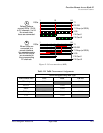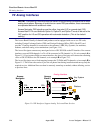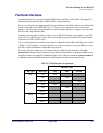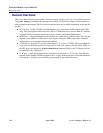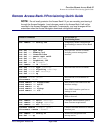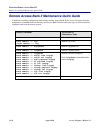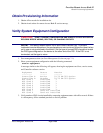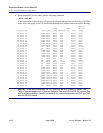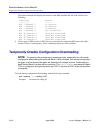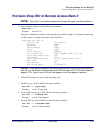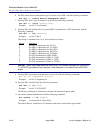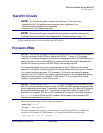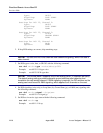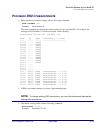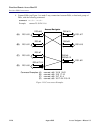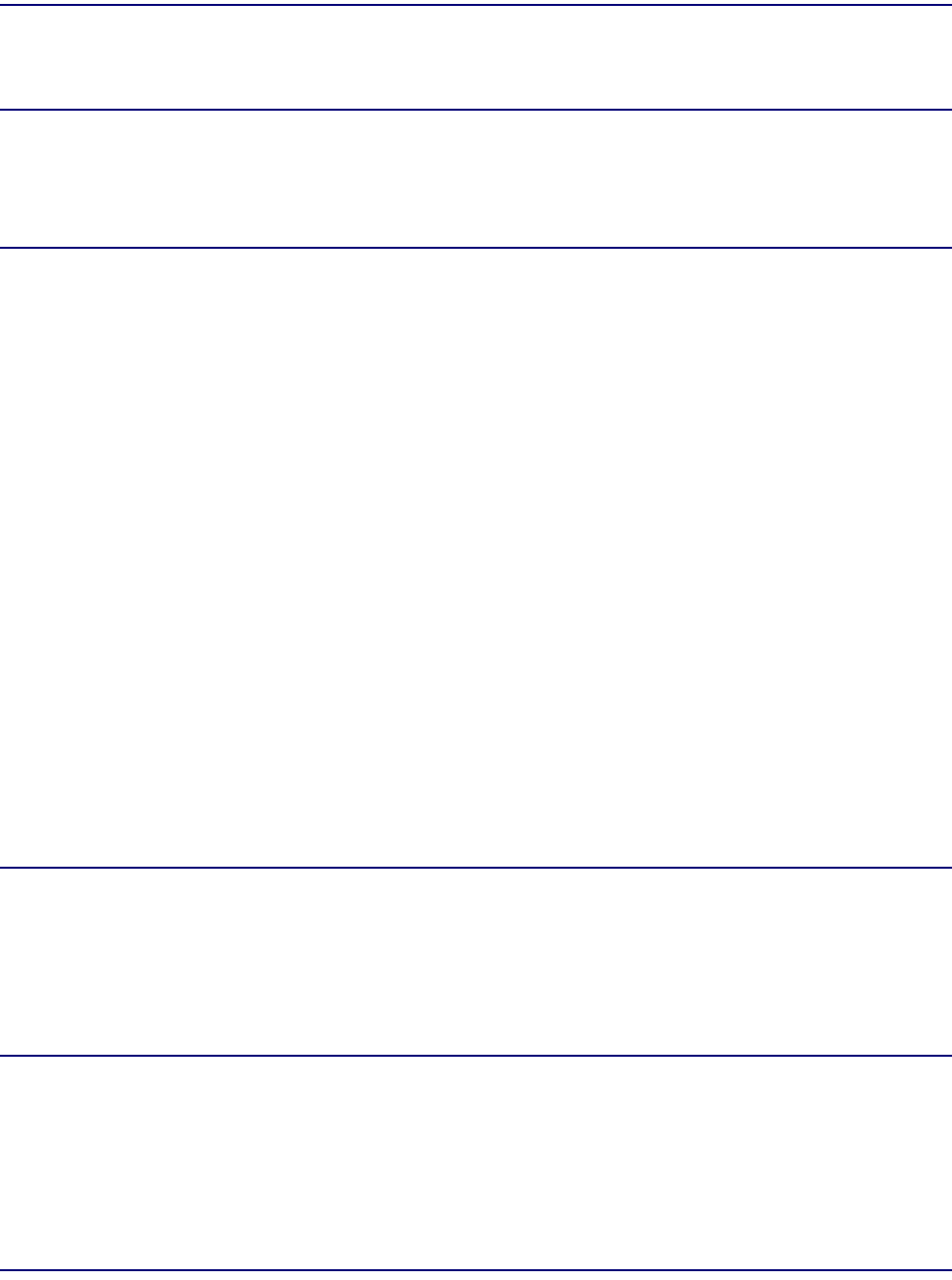
Access Navigator - Release 1.8 August 2003 11-13
Provision Remote Access Bank II
Verify System Equipment Configuration
5. Verify number of DS1s already in service (link is up) by comparing DS1 link status with office
records. If there is a discrepancy, follow standard practices to resolve problem.
NOTE: Commands such as ds1 <n> require the operator to enter a DS1 number or
range of numbers. For example, DS1 #6 is entered as ds1 6. If a DS1 range is specified,
the command operations will be applied to all DS1s in the range. To enter a range of DS1s,
type the starting and ending numbers, separated by a hyphen. For example, DS1s #1
through #8 can be specified by typing ds1 1-8.
6. Show current DS1 status with the following command, where <n> is the DS1 or range of DS1s to
be turned up:
status ds1 <n>
Example: status ds1 1
This command will produce a message listing the status of the specified DS1 or range of DS1s. For
example, the message for DS1 #1 and #29 might look similar to the following. Note that the
message for DS1 #1 shows the DS1 is in service, while the message for DS1 #29 indicates there is
no Quad Framer circuit card installed.
Status for DS1 1:
Receive: Traffic
Transmit: Traffic
Loop: None
State: In use as DROP
FDL Type: CAC
FDL Status: Up
Status for DS1 29:
Receive: Traffic
Transmit: Traffic
Loop: None
State: Card Not Installed
7. Verify status of DS1 lines to be turned up by comparing DS1 status with office records. If there is
a discrepancy, follow standard practices to resolve problem.
NOTE: Commands such as ds0 <n:ch> require the operator to enter both the DS1
and DS0 channel number or channel range. The DS1 and DS0 numbers are entered with
a colon separating the numbers. For example, the channel list for DS1 #4 and DS0 channel
#8 would be entered as ds0 4:8. The channel list may also contain a range of DS0
channels. For example, DS1 #6 and DS0 channels #1 through #12 would be entered as
ds0 6:1-12. A colon follows the DS1 number, and the beginning and ending DS0
channels are separated by a hyphen.
8. Display current DS0 status with the following command, where <n:ch> is the DS0 or range of
DS0s in the DS1 to be turned up:
status ds0 <n:ch>
Example: status ds0 1:1-4
Example: status ds0 32:1-4



